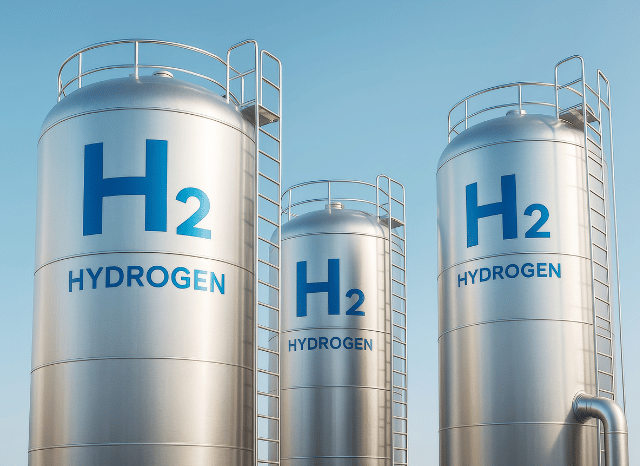
Oman, Germany, as well as the Netherlands have signed a groundbreaking settlement that would reshape Europe’s Power landscape, ushering in a completely new era of inexperienced hydrogen imports from the center East.
A Daring go in the worldwide Power transition is using shape amongst Oman and Europe. A historic arrangement signed previously this 12 months paves just how for one of several earth’s to start with big-scale hydrogen corridors—linking Oman’s large renewable assets to Germany’s industrial hubs through the Netherlands.
The core of the initiative is environmentally friendly hydrogen—made by splitting drinking water by means of electrolysis powered by photo voltaic or wind Electrical power. This manner of hydrogen has attracted international desire for its opportunity to decarbonise sectors that are if not not easy to electrify, which include weighty transportation, steel production, and Electrical power storage.
Oman, leveraging its sunny local weather and impressive national strategy, aims to become a top world wide exporter of green hydrogen by 2030. Forecasts advise the nation could develop around one million tonnes of environmentally friendly hydrogen every year by the top in the 10 years. A critical component of this system involves liquefying the hydrogen to facilitate overseas transport.
Enter the hydrogen corridor: a planned maritime and logistics route starting from the port of Duqm in Oman, extending on the ports of Amsterdam and Duisburg. Specialised cryogenic tankers, comparable to those used in LNG transport but tailored for hydrogen’s A lot reduced temperatures, will carry the fuel. European ports are presently planning the required infrastructure to obtain, keep, and distribute the cargo.
This corridor is not simply a logistical feat—it’s a strategic website just one. For Germany, which happens to be looking to reduce dependence on fossil fuels and diversify its energy mix, the imports could help fulfill its focus on of bringing in 10 million tonnes of renewable hydrogen by 2030. The corridor also aligns with broader EU sustainability objectives and industrial decarbonisation efforts.
The challenge’s significance lies not just in its scale, but also in its replicability. Like LNG right before it, liquid hydrogen could shortly move throughout continents, breaking cost-free from the restrictions of set here pipeline networks. And Oman isn’t by itself. Other initiatives—for instance Spain’s Basque Hydrogen Corridor as well Central European Hydrogen Corridor as the Central European Hydrogen Corridor—can also be setting up the backbone of a future hydrogen financial state.
The Basque task concentrates on integrating production, distribution, and industrial use in northern Spain. In the meantime, the Central European route ideas to repurpose current fuel pipelines to hold hydrogen from Jap Europe to Germany, more cementing the area’s job within the hydrogen transition.
If read more prosperous, these endeavours could mark An important milestone in decarbonising Europe’s hefty industries and transport networks—powered through the Sunlight and wind of distant deserts.